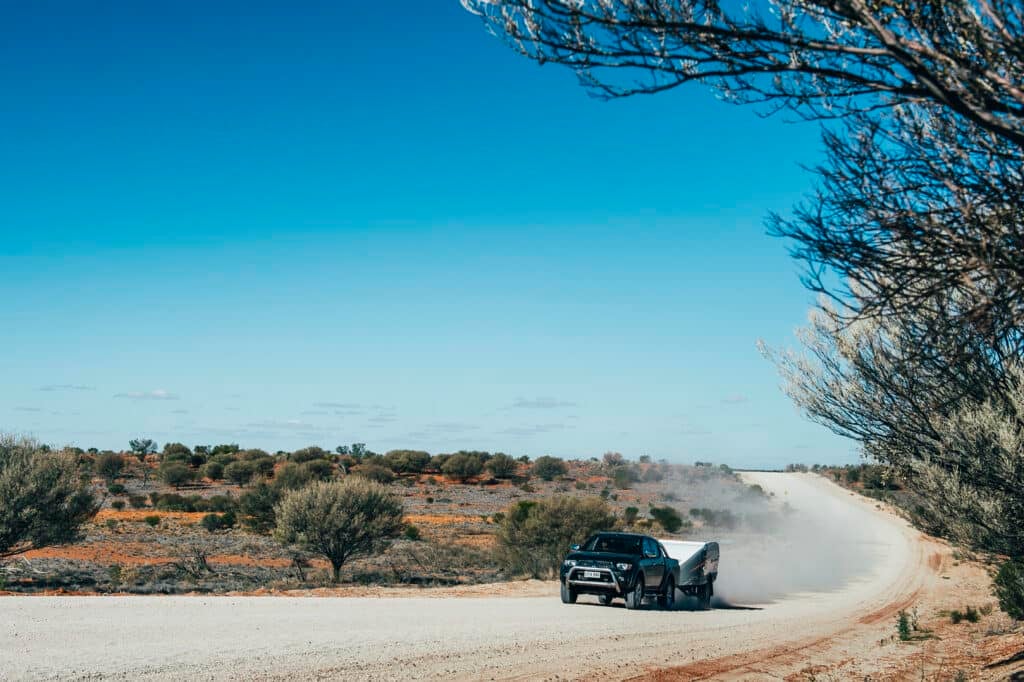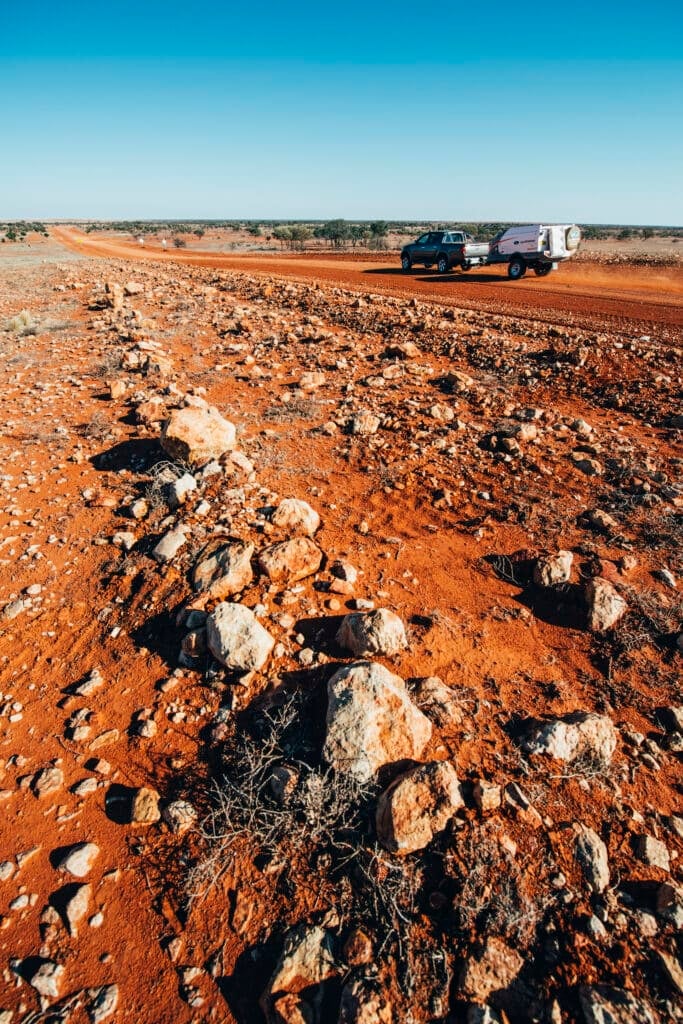10 tips for safe outback driving




Words: Scott Mason
Starting a ‘big lap’ or heading into remote country can be a daunting experience for first timers. Even more experienced drivers may feel a pang of apprehension venturing into the outback. The list of unknowns is endless: can I get fuel? Will I need a 4WD? Will I have enough water? What if it rains? What will the road conditions be like?
There are lots of uncertainties when heading into the outback. But one thing you can rely on to help you navigate the unknown is good basic driving skills. These basics are vital – get them wrong and a great getaway could end up being a holiday to forget. Here are our 10 tips for safe outback driving.

Many outback roads can be long, repetitious and dull. It can be easy to let your thoughts wander and focus only on the immediate road in front of you. But the most important part of collision avoidance is scanning the road ahead, and to the side. A hazard that’s spotted at a distance – think bounding kangaroo or truck tyre tread – gives you much greater reaction and avoidance time. It may mean the difference between avoiding an animal and puncturing your radiator with a bull’s horns.
For most wild animals, early morning and late afternoon are the prime feeding times. To minimise your chances of a messy (and costly) collision, it makes sense to avoid driving during these hours. Unless your lighting set up can replicate the sun, your peripheral vision is greatly reduced at night, as is your reaction time. It’s far better to be sipping a beer by the campfire than dealing with a roo or pig on your front end.
Mother nature provides many visual cues to help us on the road. A line of trees or shrubs up ahead indicates a water source in arid and semi-arid areas. When you spot these, you will usually find a causeway or dip in the road created by occasional water flow, and you will need to adjust your speed to negotiate it. Recognise the signs and anticipate the cues nature gives us. Also be aware that water attracts wildlife so, again, be on the look out for wild animals.

While many remote outback roads might not have bitumen, they do often have signage and roadside markers. Signs such as ‘causeway’, ‘bend’ and ‘crest’ are not there for decoration. It can be easy to subconsciously ignore these warning signs in the big smoke when there are traffic, billboards and traffic lights bombarding your line of sight, but you must pay attention in the outback if you want to avoid a mangled shock or busted axle.
At some point, outback dirt and sand inevitably lead to corrugations. This means your tyres have less contact with the ground, not only making the vehicle less stable, but also creating an annoying vibration. Vibrations are great at loosening anything that hasn’t been adequately tightened, so make sure you regularly check your wheel nuts and anything else that could come loose. It only takes a couple of minutes and is well worth the time. If you are towing a caravan, now’s the time to double check your cabinetry fittings and mountings, unless you want your microwave playing ping-pong with your cupboard doors during the journey.
Before you hit a crest of any type, make sure you keep left and slow down. You simply do not know what will confront you on the other side. The idea is to use momentum to carry you up and over a crest, not speed. And if your trip involves a lot of dune driving, consider investing in a sand flag for your vehicle, which makes you visible to oncoming drivers before you are in each other’s grilles.

Whatever you do, do not stop on a bend in the road. Same applies before or after a crest. If you have to stop, only do so where any approaching vehicle can see you from a safe stopping distance.
We all know that tyre pressure is critical when driving off road. Not only will lowering your tyre pressure give the tyre a larger footprint and better grip, but it will also provide a smoother ride and greatly increase the tyre’s resistance to puncture. The old balloon analogy works well here: the more air you have in a balloon, the easier it is to pop. Just remember to also lower the pressure on your camper or van tyres as well.
It may be difficult to see who is behind you when you are throwing out a cloud of dust, but unless you’re Oscar Piastri, there may well be someone who would like to pass. Don’t be that driver who’s oblivious to what’s going on around them. Glance at your mirrors regularly; bends in the road are a good opportunity to see behind you in the dust and avoid unsafe overtaking manoeuvres.
A change in the colour of dirt or sand signals a change in the conditions ahead. Use this indicator to prepare for a possible difference in handling and traction. Likewise, corrugations are not only painfully annoying but offer less ground contact and grip. Adjust your driving accordingly.
If these safety pointers gave you heart palpitations, perhaps its best you stick to the black-top for now.